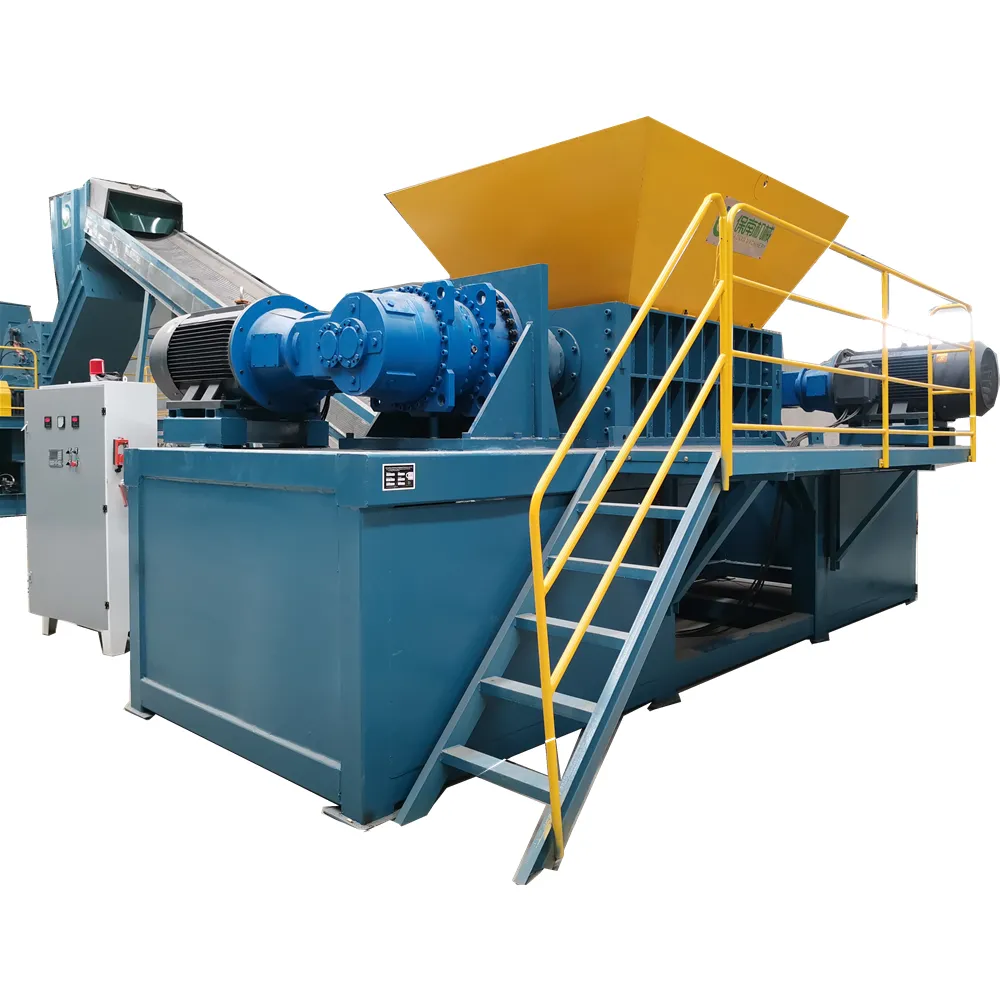

Oct . 31, 2024 06:14 Back to list
Understanding the Importance of Steel Shredders in Recycling
In today’s industrial landscape, recycling has become an essential practice, not only for conserving resources but also for reducing environmental impact. One critical component of the recycling process, particularly for metals, is the steel shredder. These powerful machines play a pivotal role in the efficient processing and recycling of steel products, turning bulky materials into manageable fragments.
A steel shredder is designed to break down large pieces of steel into smaller, more easily handled lumps or shreds. This process begins with the collection of scrap metal, which often comes from a variety of sources, including old vehicles, discarded appliances, and construction debris. Once collected, the scrap metal is fed into the shredder, where it is subjected to immense force. Equipped with sharp, durable rotary blades and hammers, steel shredders are capable of pulverizing even the toughest steel alloys, breaking them into pieces that range from the size of a fist to smaller shreds.
The benefits of using steel shredders in the recycling process are numerous
. Firstly, the shredding process enhances the efficiency of sorting and processing scrap metal. Smaller pieces of steel are easier to transport and facilitate better separation of materials, making it simpler to recover valuable metals for reuse. By reducing the size of the materials, shredders also help in maximizing the available space in recycling facilities, which leads to savings in storage and transportation costs.
Moreover, steel shredders contribute significantly to environmental sustainability. By promoting the recycling of steel, they help reduce the need for virgin materials, thereby conserving natural resources. This reduction in raw material extraction helps minimize the environmental impact associated with mining and processing, leading to lower carbon emissions and less energy consumption. As a result, shredders not only support the recycling economy but also contribute to a more sustainable industrial framework.
Furthermore, advancements in shredding technology have improved the effectiveness and safety of steel shredders. Modern machines are equipped with sophisticated controls and sensors that enhance operational efficiency while ensuring worker safety. These innovations make it easier for recycling facilities to handle increasing volumes of steel without compromising on quality or efficiency.
In conclusion, steel shredders are indispensable tools in the recycling industry. They facilitate the efficient processing of steel scrap, contribute to resource conservation, and promote environmental sustainability. As the demand for recycled materials continues to grow, steel shredders will undoubtedly play a critical role in shaping a greener future for the planet. Emphasizing the importance of effective recycling practices, these machines not only serve economic purposes but also help in safeguarding our environment for generations to come.
Latest news
Troubleshooting Common Eddy Separator Problems
NewsJul.04,2025
The Role of Metal Recycling Plants in Circular Economy
NewsJul.04,2025
The Impact of Recycling Line Pickers on Waste Management Costs
NewsJul.04,2025
Safety Features Every Metal Shredder Should Have
NewsJul.04,2025
How Industrial Shredders Improve Waste Management Systems
NewsJul.04,2025
How Cable Granulators Contribute to Sustainable Recycling
NewsJul.04,2025